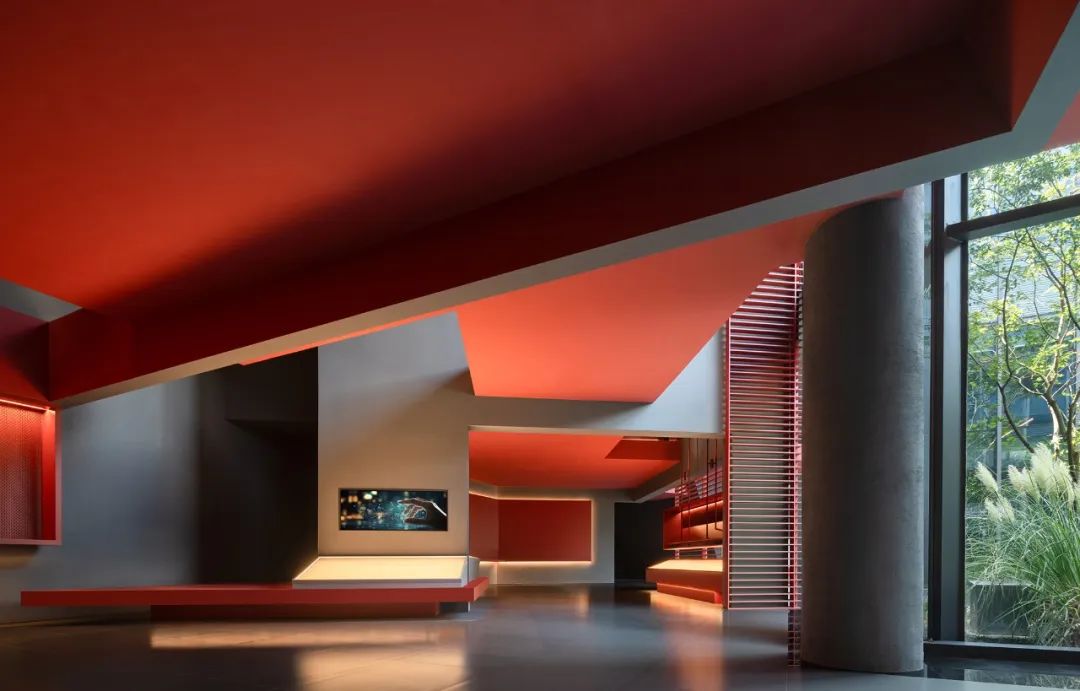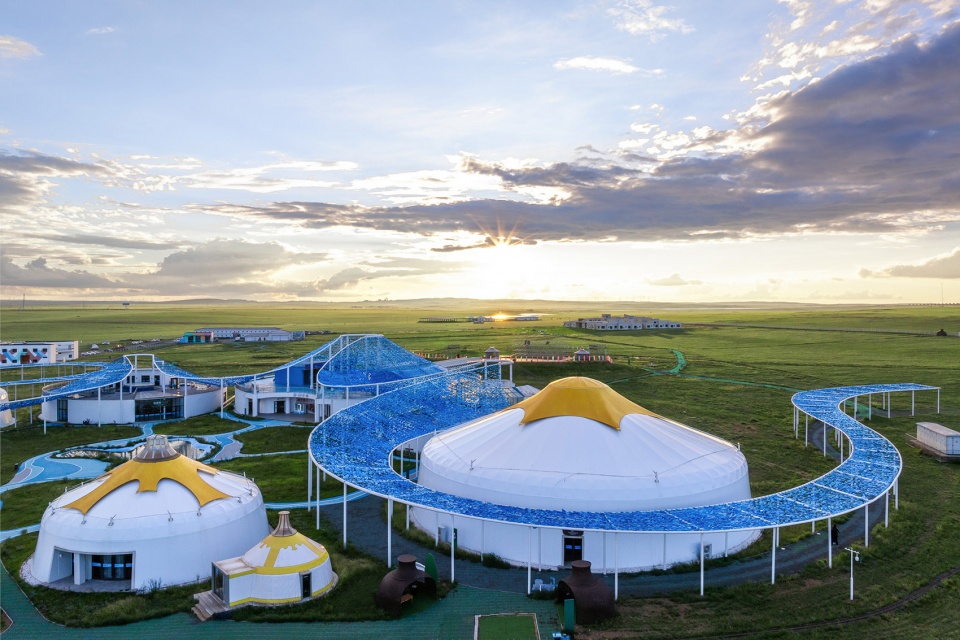

在21世纪初期,中国经历了一场博物馆兴建热潮,各地城市以复兴文化、重现历史、关怀社会为发展底蕴,替中国一线城市建立崭新的国际视野。如今20多年过去,随着北京奥运会、上海世界博览会、杭州亚运会与新冠疫情等,城市经历多次变革与转型,宏大的建筑带来象征性城市后,建筑发展逐渐转变成更贴近人文、生活、艺术、社会的针灸式城市再生计划。
In the early 21st century, China witnessed a remarkable surge in museum construction. Cities blossomed under the banner of cultural revival, historical reimagination, and social care, shaping a new international vision for the nation’s urban landscape. Over the past two decades—marked by monumental events like the Beijing Olympics, the Shanghai World Expo, the Hangzhou Asian Games, and the global pandemic—Chinese cities have transformed. The towering architecture that once symbolized progress has evolved into a more humanistic, life-centered, artistic, and socially conscious approach to urban regeneration.
▼为Simple Art美术馆注入一股精神性,injecting spirituality into the Simple Art Museum ©W Workspac
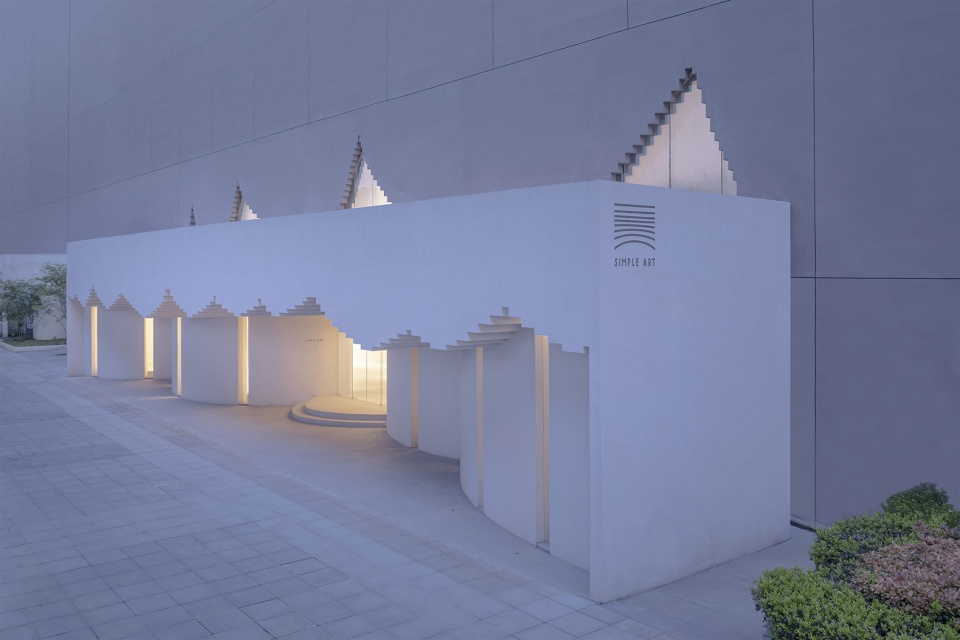
▼漂浮的顶面替城市创造大量灰空间,The floating roof creates ample public gray space for the city ©W Workspace
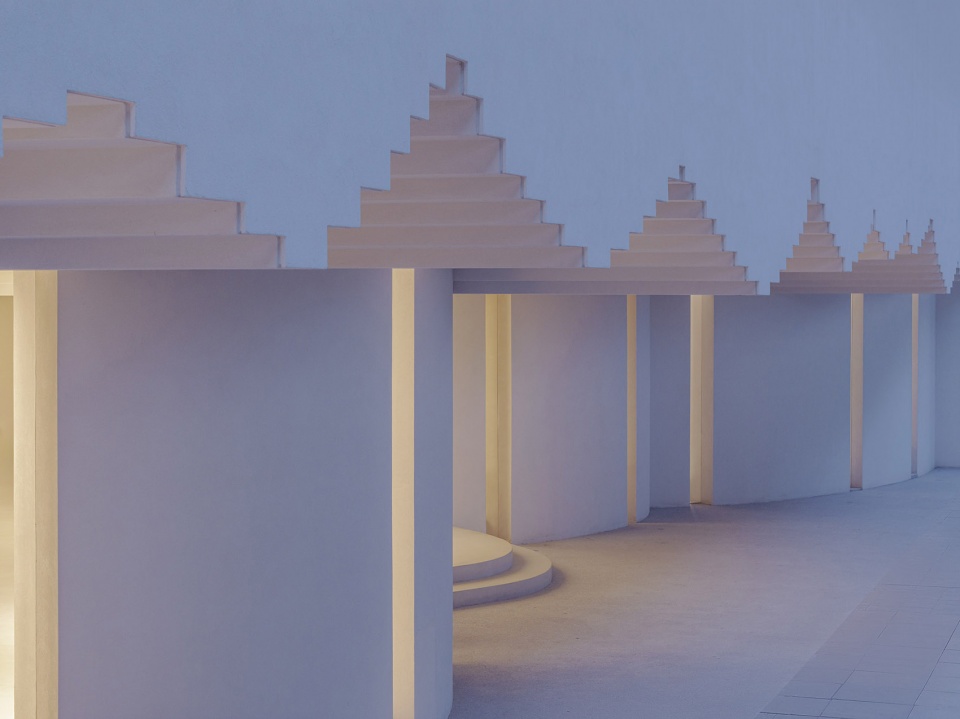
▼创造一个锯齿形屋面连接了整个美术馆,creating a zigzag roof that seamlessly connects the entire gallery space ©W Workspace
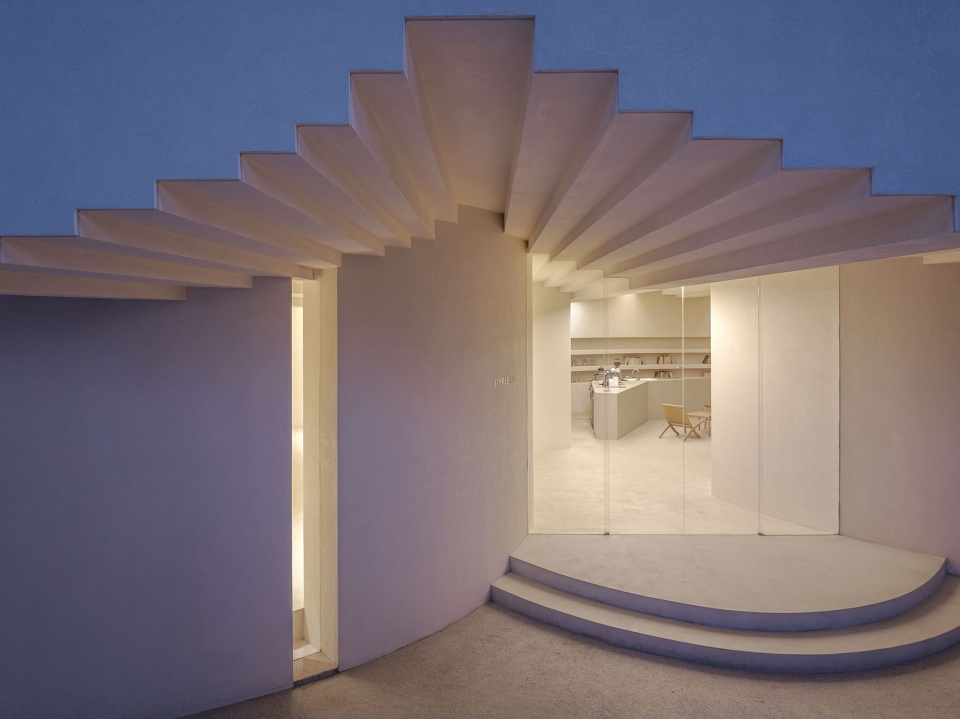
▼美术馆过滤并创造独特的自明性空间,The museum filters light and creates a unique, self-evident space ©W Workspace
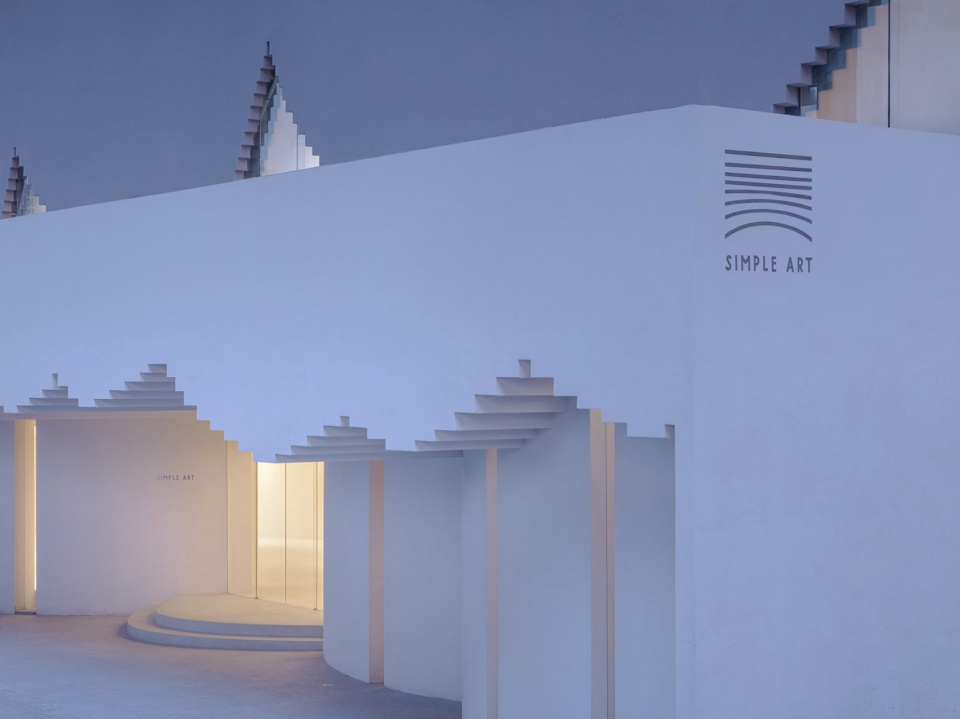
▼屋面替美术馆带来多种空间体验,The roof brings a variety of spatial experiences to the art museum ©W Workspace
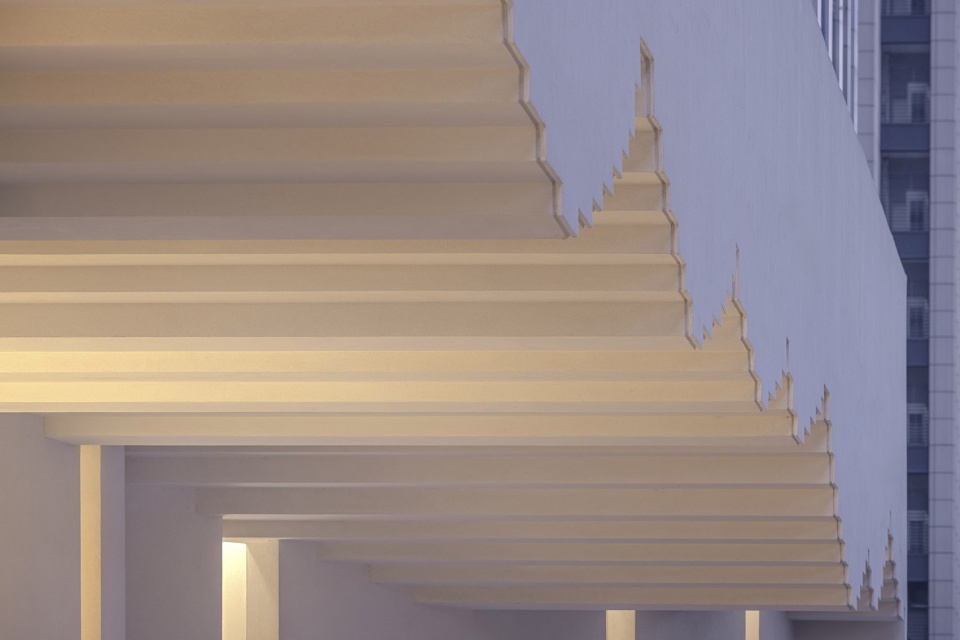
Simple Art美术馆(Simple Art Museum)是一个当代美术馆,展示中国至亚洲当代艺术创作,挖掘艺术家对环境与社会的思考。建筑坐落于中国安徽,该区过往因历史战略位置,发展出特有的徽派建筑,尤其在建筑的屋顶、山墙、柱梁、园林等元素,构成具有文化象征性价值。该美术馆坐落在老城外围的新城开发区,作为一个新城,如何赋予新的文化意义并延续历史价值,成为建筑自身所面对的社会议题。
Amid this cultural evolution stands the Simple Art Museum, a contemporary art museum that delves into the reflections of artists on society and the environment. Nestled in Anhui, China, in a burgeoning urban development on the old city’s edge, the museum bridges the gap between past and present. The region, famed for its distinctive Hui-style architecture, is marked by iconic elements—roofs, gables, columns, and gardens—that tell the tale of its strategic cultural significance. As the city grows, the museum faces the challenge of infusing new cultural meaning while honoring the legacy of its historic roots.
▼为城市带来更多活动与交流场所,creating a unique outdoor public event space ©W Workspace
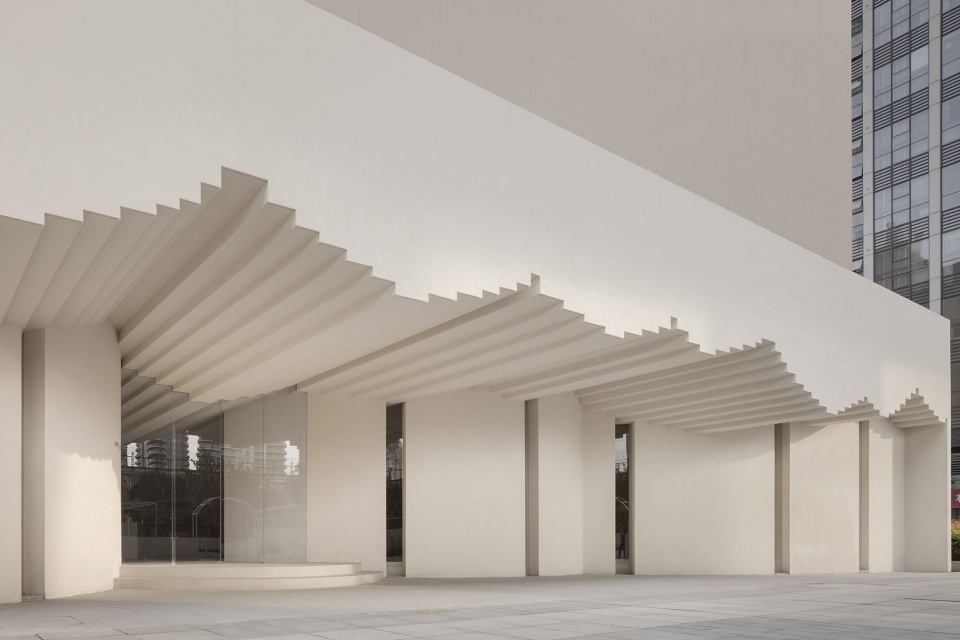
▼为城市带来更多活动与交流场所,creating a unique outdoor public event space ©W Workspace
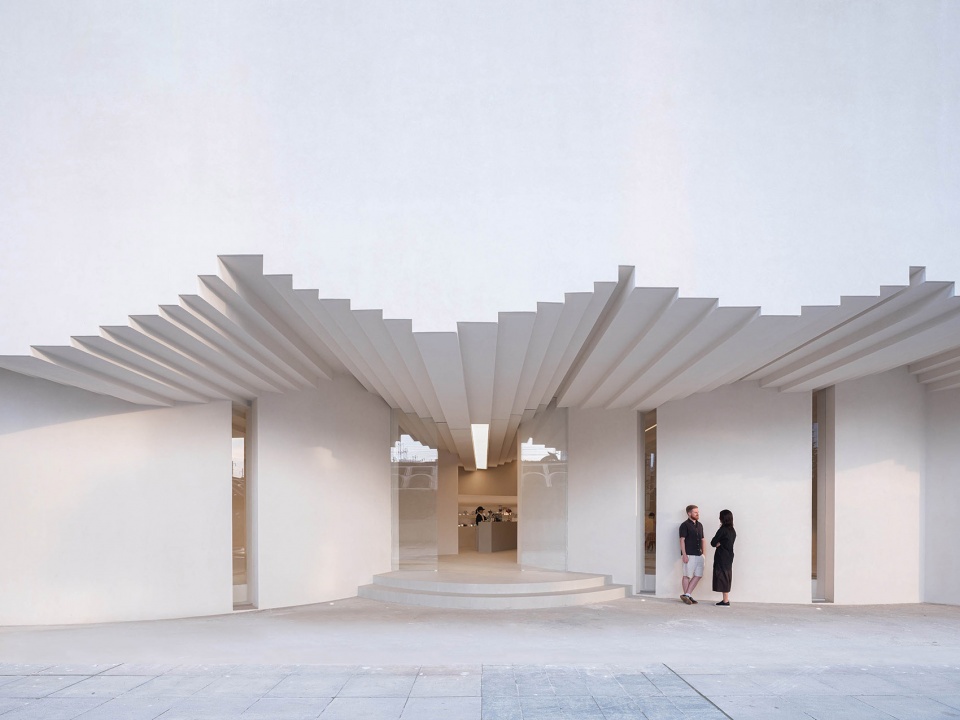
▼高低起伏的锯齿状屋面延续到美术馆内部,The undulating sawtooth roof continues into the Simple Art Museum ©W Workspace
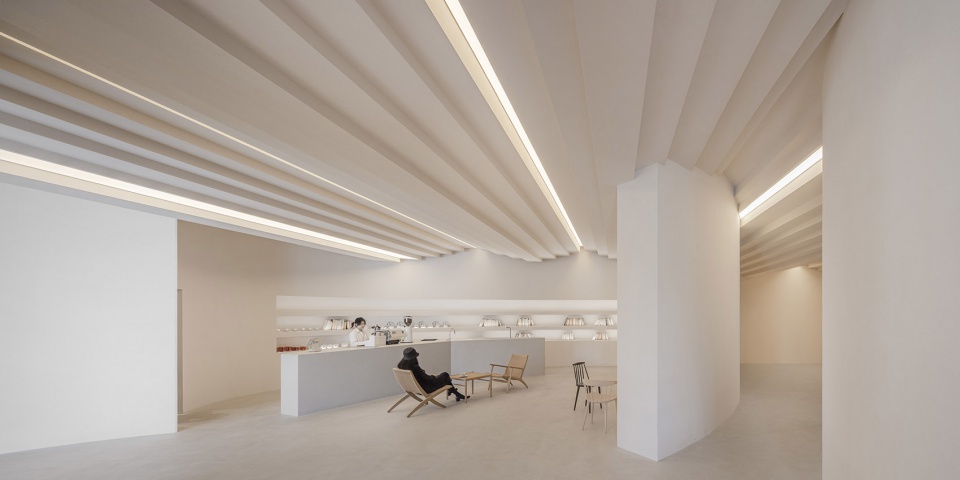
HAS Design and Research建筑事务所主持建筑师Jenchieh Hung与Kulthida Songkittipakdee提出一种崭新的文化思考,设计透过延续安徽传统建筑形式,萃取屋顶、山墙、园林等元素,转化成一个新的当代空间,兼具人文精神与生活交流。设计最终以漂浮并连续起伏的屋面,暗示着传统徽派建筑的山墙面,并将山墙起伏的形状,转化成建筑空间,从建筑外部延伸串联整个室内场域,形成一系列艺术文创展示空间,包括艺术展览、手作工作坊、多媒体影像、设计沙龙与咖啡茶饮等,而建筑本身也与内部自由流动的墙体,发生形式之外的空间互动,从而体现传统与现代之间的转译关系。
▼草图,sketch ©HAS design and research
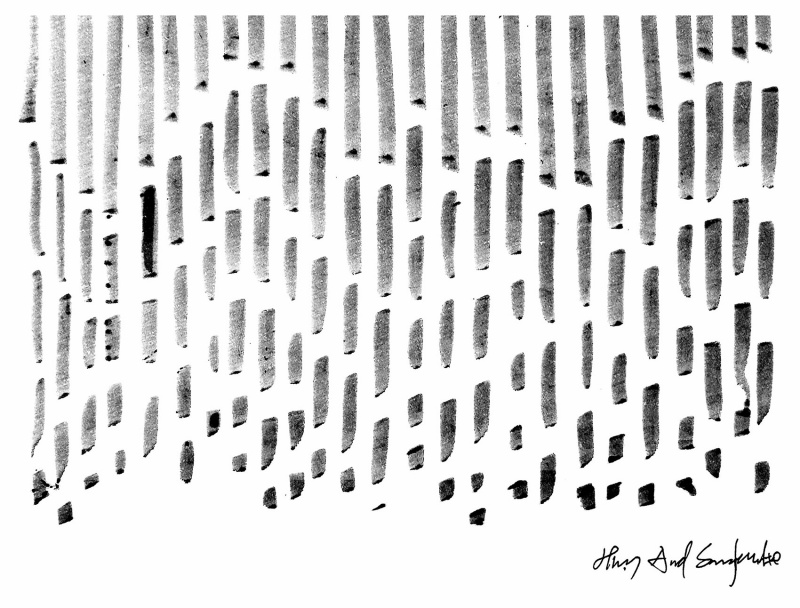
Architects Jenchieh Hung and Kulthida Songkittipakdee, founding principals of HAS Design and Research, present a fresh cultural vision through their innovative design. Drawing inspiration from Anhui’s traditional architectural forms, the museum reinterprets elements such as roofs and gables, transforming them into a contemporary space where the human spirit and social interaction converge. The design extends the essence of the Hui-style village, incorporating a floating, undulating roof that evolves from the inward-facing, fireproof gable into a symbolic structure, opening outward to embrace the public. This continuous form creates a seamless indoor environment for artistic expression, housing art exhibitions, galleries, workshops, multimedia rooms, design salons, and cafés. The architecture flows effortlessly into the interior’s curving walls, offering a graceful translation of tradition into modernity.
▼旨在创造永恒性艺术展示场所,aim to create a timeless gallery for the museum ©Fangfang Tian
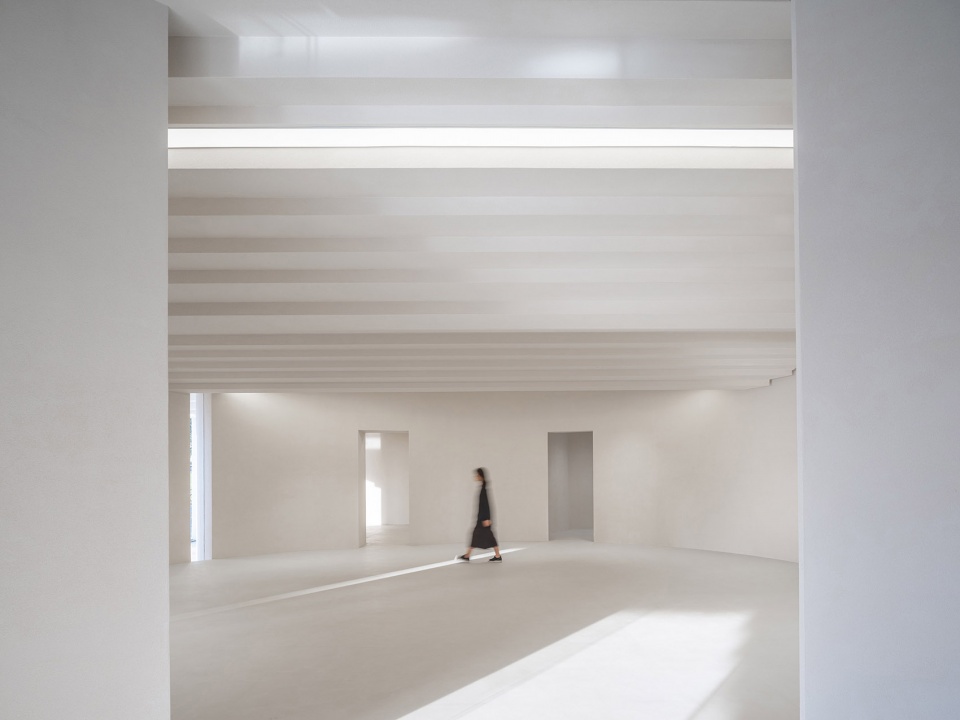
▼旨在创造永恒性艺术展示场所,aim to create a timeless gallery for the museum ©Fangfang Tian
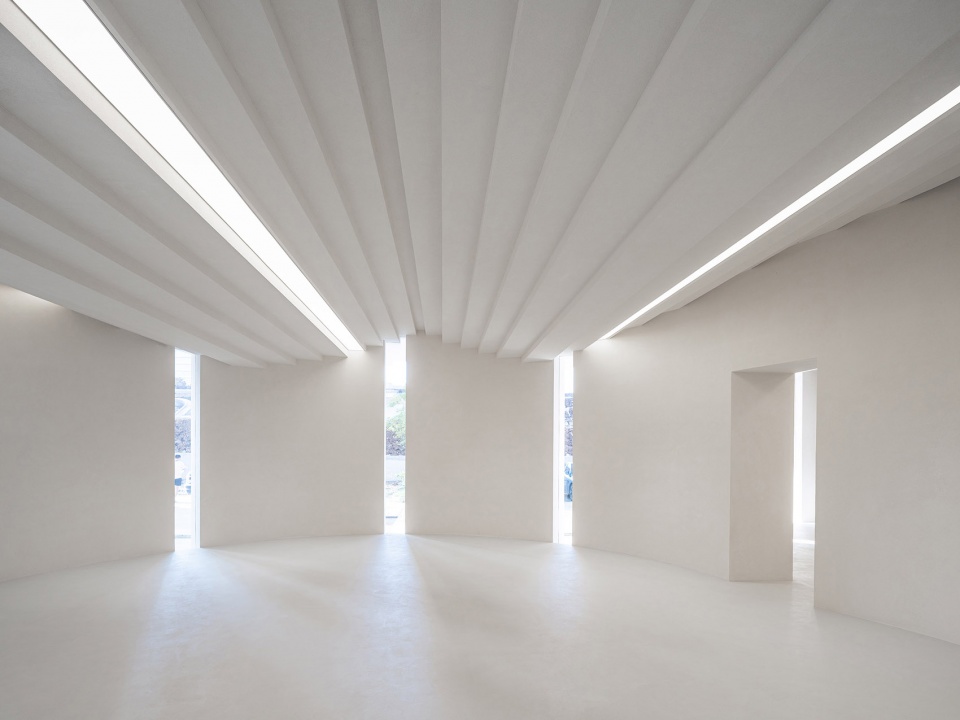
▼美术馆自身有如艺术品般带给访客极致心灵感,The museum itself is a work of art, offering visitors a profound spiritual experience ©Fangfang Tian
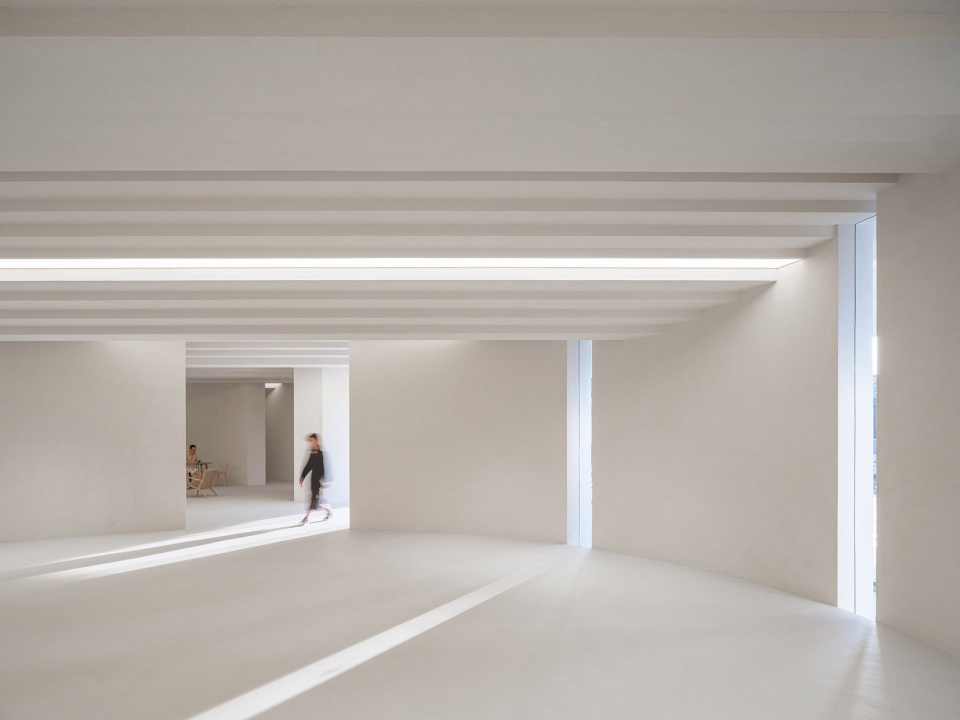
▼在空间创造一种轻盈失重的效果,creating a light and weightless effect within the space ©Fangfang Tian
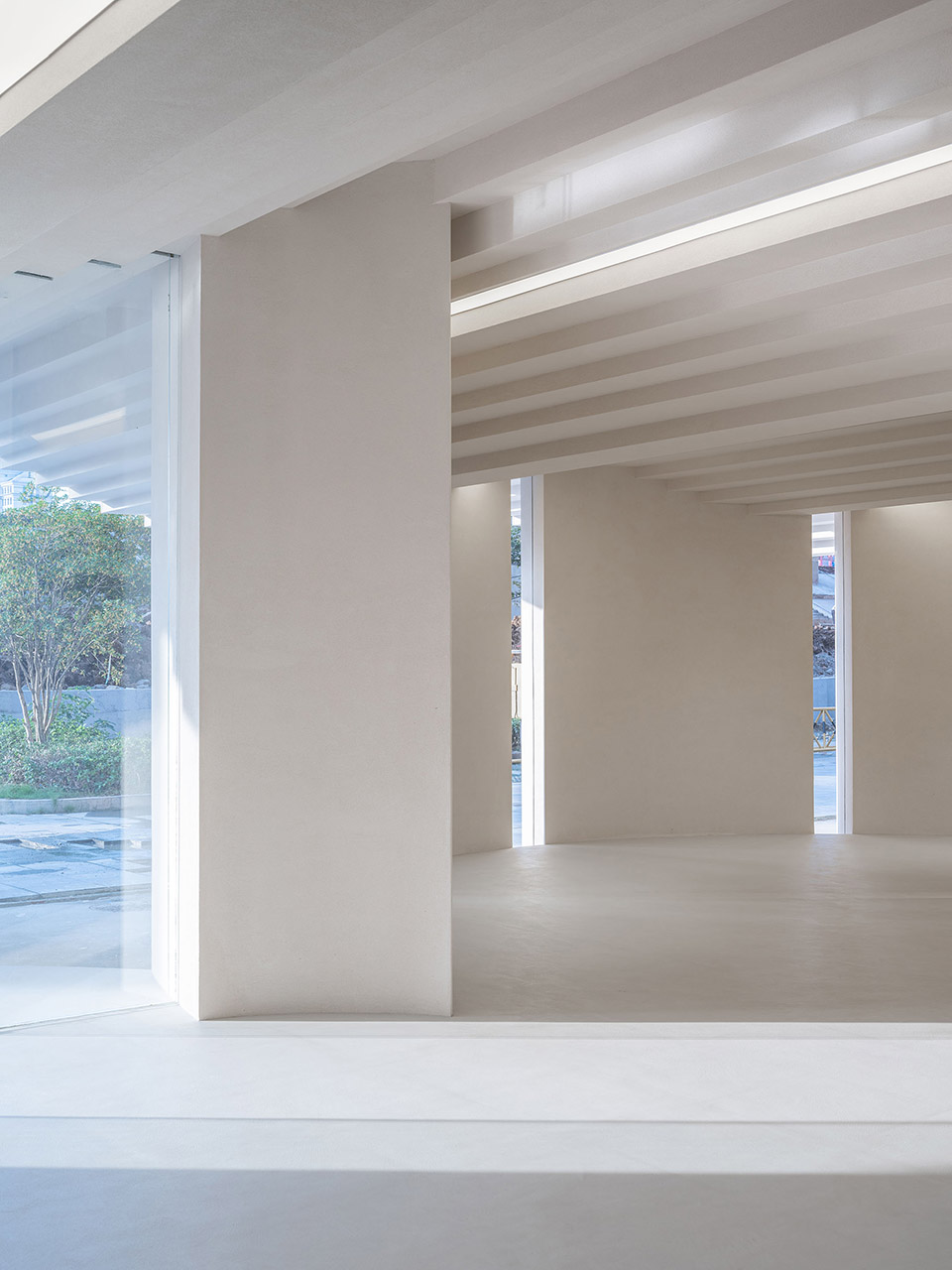
在首层空间,硕大的顶面灰空间提供人们交流、对话、关怀与问候等开放性场所,它体现当地人对生活的期望,以及对彼此的重视,而这样的情感交换提升当地居民对艺术与美的想像,替生活置入的强大能量。该建筑的锯齿状顶面联系数个艺术展览空间,顶面下方由数个曲面墙体支撑,创造出有如中国园林般曲径通幽,结合从外部渗透进来的光影,让自然与艺术相互对话,呈现一种永恒性的空间体验。二层空间是开放式办公,延续一层艺术文化展览,办公空间的形式与体验,不同于常规工作场域,设计透过曲线墙体的起伏,自然而然分隔与连接数个文化办公场所。自由延伸的墙体,带给工作人员有如美术馆自身的纯粹感,不仅强化办公环境的创意启发与文创设计,也增强工作之间的交流与讨论,创造文化活力并注入艺术氛围的工作场所。
On the ground floor, an expansive grey space invites dialogue, care, and connection, reflecting the local community’s yearning for shared experiences. This space stirs the imagination, drawing residents towards art and beauty, infusing the ordinary with a sense of the extraordinary. Above, the museum’s jagged roof echoes the exhibition spaces below, supported by curved walls that create a winding path reminiscent of Chinese gardens, where natural light and shadow dance together, creating a timeless atmosphere. The upper level, a hub of open art offices, continues the narrative of the ground floor’s exhibition space. Curving and undulating walls dissolve the rigid boundaries of traditional workspaces, fostering creativity and collaboration. In this way, the museum transcends its role as a container for art, becoming an incubator for ideas.
▼美术馆内部过滤外部混杂环境并带给访客非日常性体验,
The museum filters the external mixed environment, offering visitors an extraordinary experience ©W Workspace
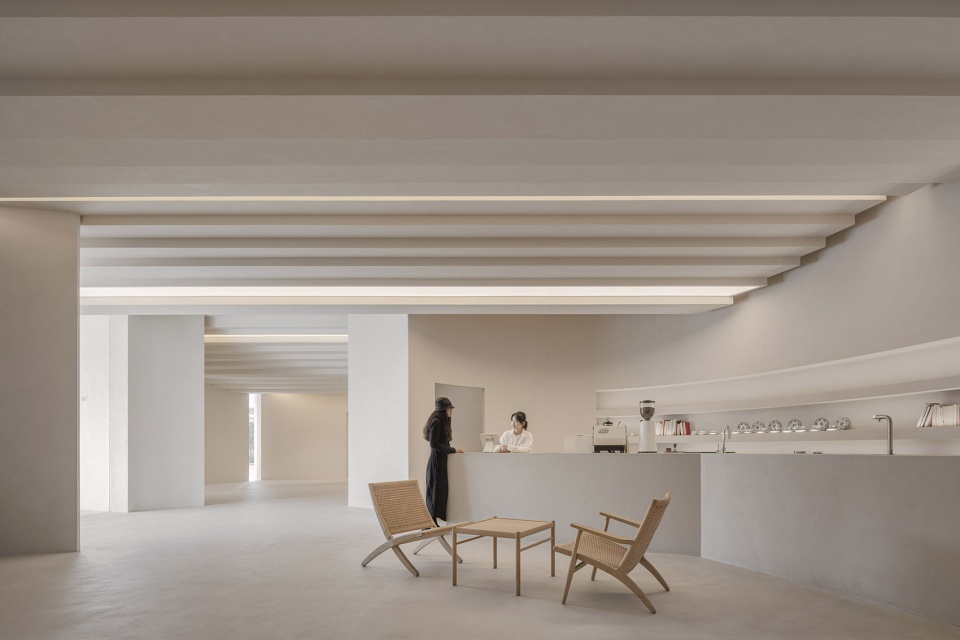
▼连续且变化的屋面模糊室内外边界,The continuous and changing roof blurs the boundary between indoor and outdoor spaces ©W Workspace
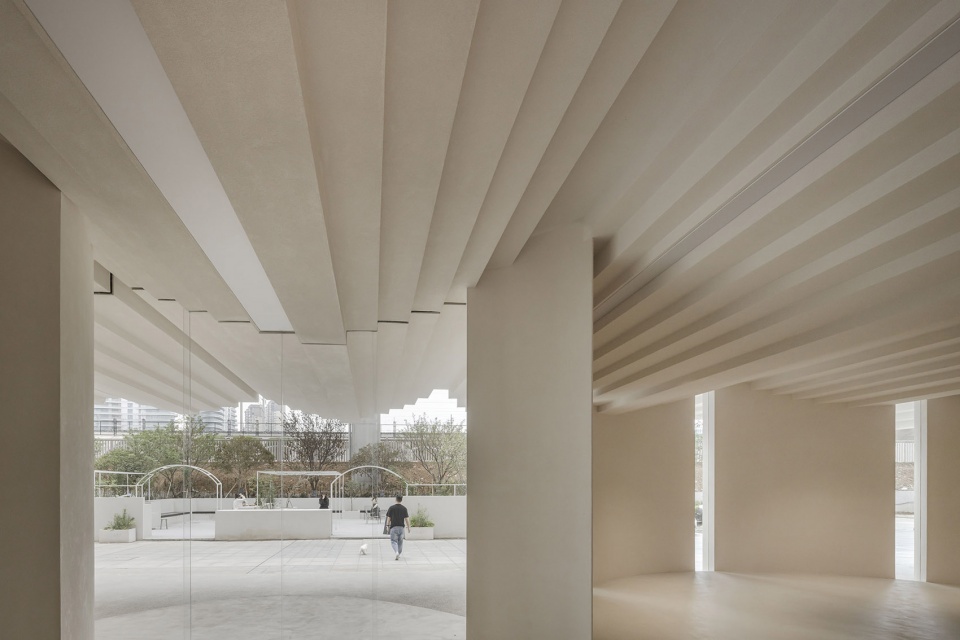
▼高低起伏的屋面替展品带来聚焦与框景,The undulating roof brings focus and frames to the exhibits ©W Workspace
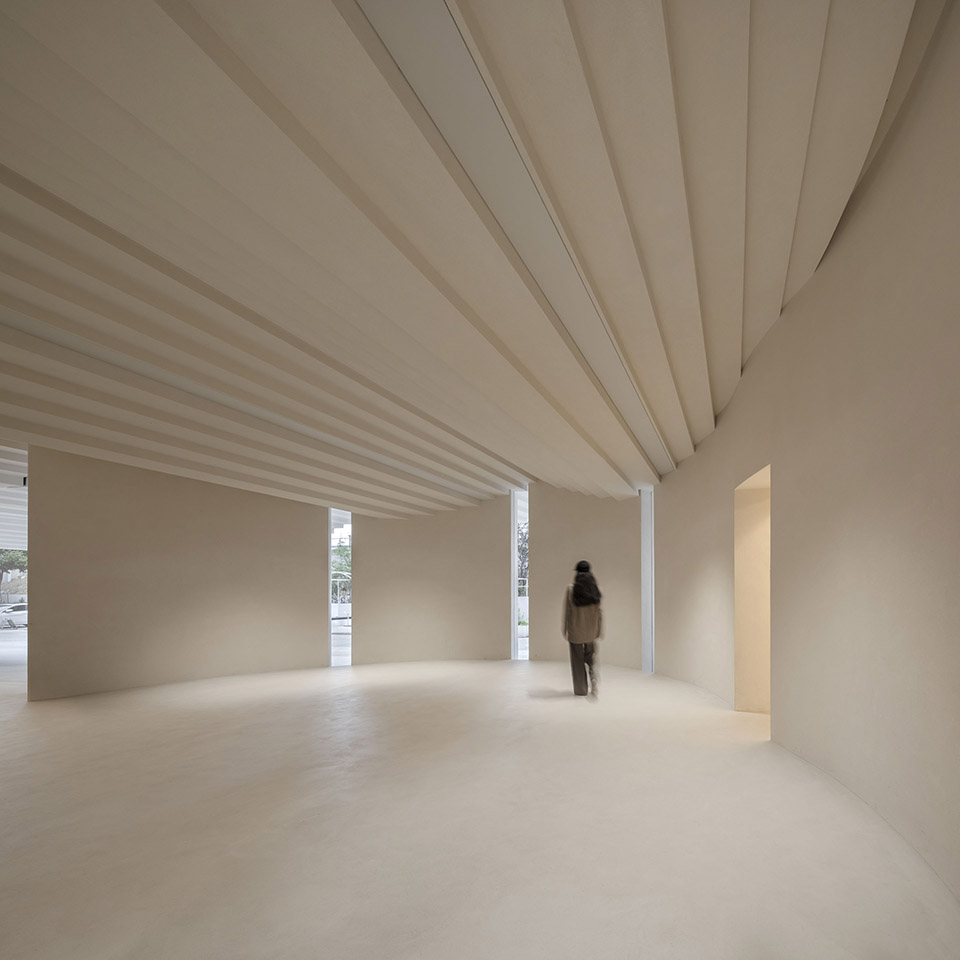
▼设置曲线墙壁强化美术馆空间的流动性,curved walls to enhance the fluidity of the gallery ©Fangfang Tian
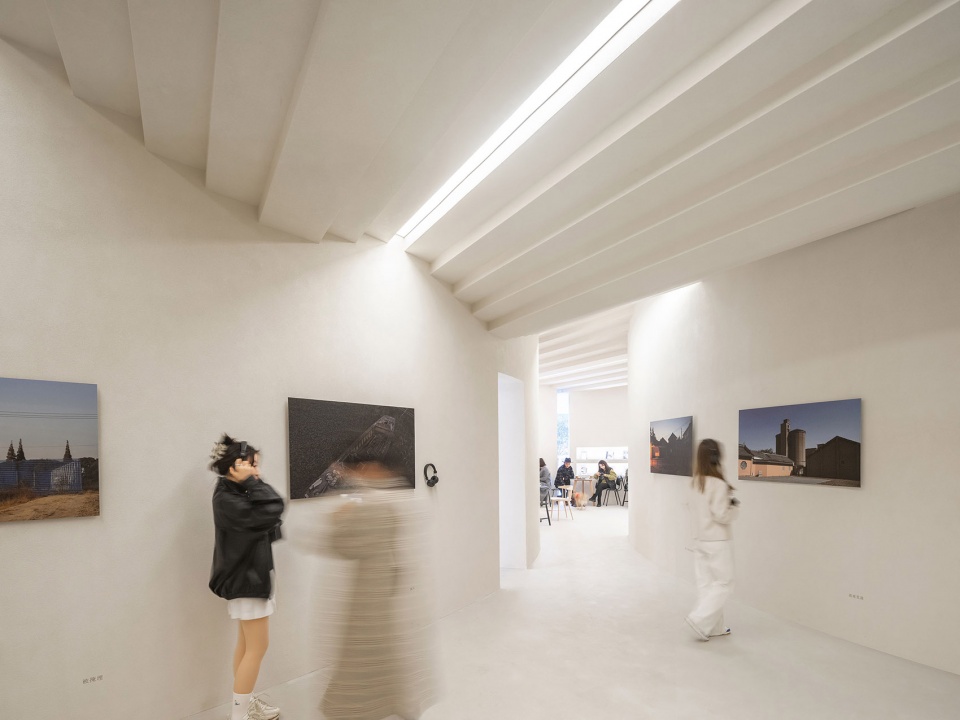
▼锯齿状屋面与曲线墙壁的结合强化展览体验,
The combination of the jagged roof and curved walls enhances the exhibition experience©Fangfang Tian
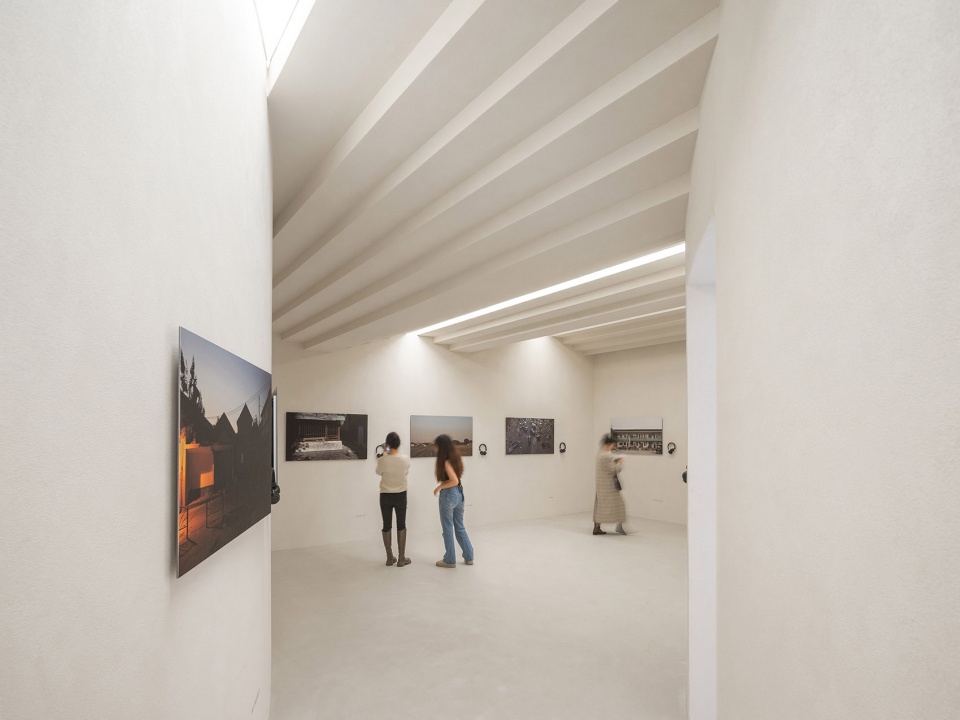
▼美术馆内的艺术装置与影像展览,Art installations and video exhibitions at the Simple Art Museum ©Fangfang Tian
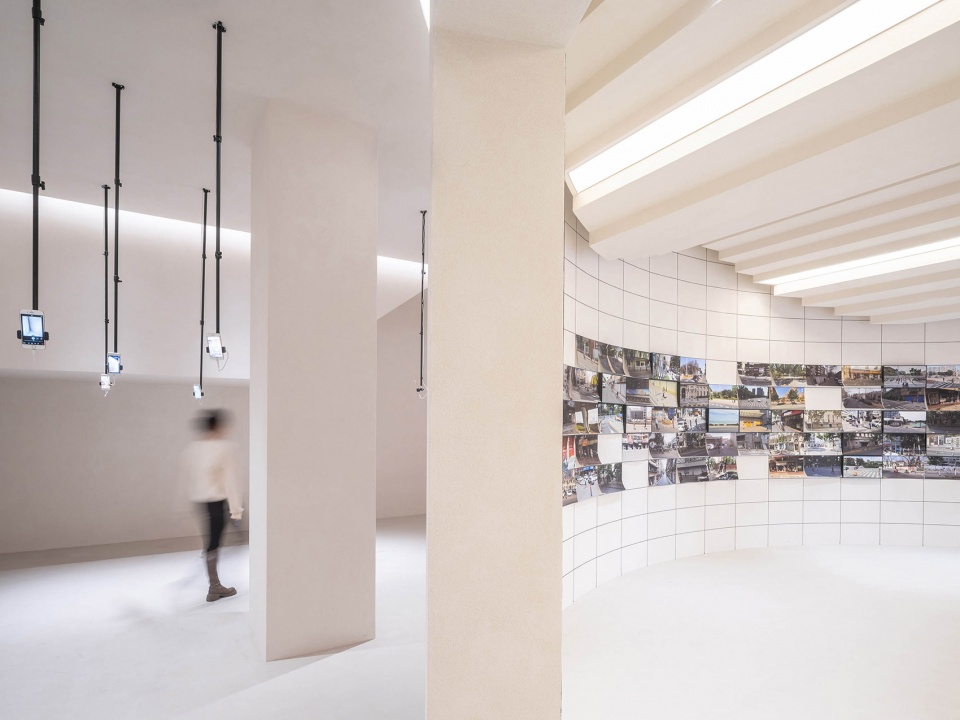
▼美术馆在艺术展览其间,Simple Art Museum during an art exhibition ©Fangfang Tian
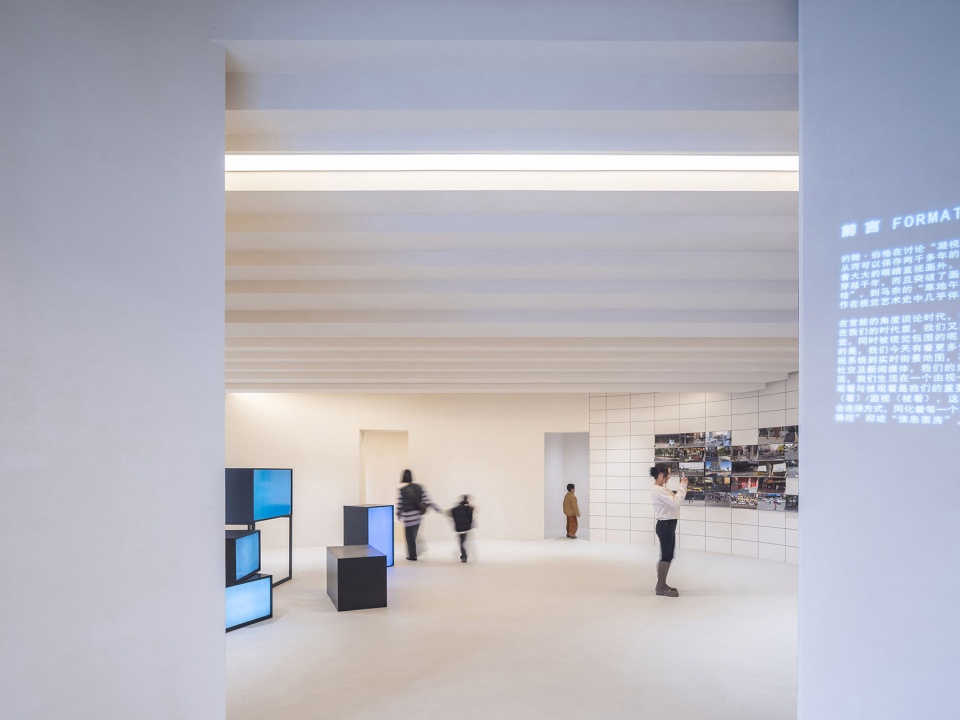
在白天,美术馆顶面藉由外部阳光的移动与变化,替外部艺术广场创造大片阴影空间,可提供访客一个休憩且感受环境变化的自然场域;在下午,建筑的孔洞过滤部份光影并渗透到内部,创造一处具有神圣且空灵的长线性光影空间,替访客到来精神性与仪式感;到了夜晚,建筑光线由内向外延伸,替无方向感的城市肌理,带来具有归属感与方向性的文化象征。
Situated near the Nanfei River, often called the “Mother River of Hefei,” the museum draws inspiration from the rippling waters that have shaped the region for millennia. Hung And Songkittipakdee (HAS) ingeniously capture this fluidity in their design, with curved walls and a wave-like roof mirroring the river’s natural rhythm. As sunlight filters through in the afternoon, the building becomes a living reflection of the Nanfei’s shimmering surface—an abstract masterpiece in itself. By day, the museum’s roof casts wide swaths of shadow across the external plaza, offering visitors a place to pause and reflect. In the afternoon, light seeps through openings, bathing the interior in a sacred glow, creating a space of ethereal beauty. By night, the museum glows from within, a beacon of belonging in the shifting urban landscape.
▼在夕阳下的美术馆全景,Panoramic view of the Simple Art Museum at sunset ©W Workspace
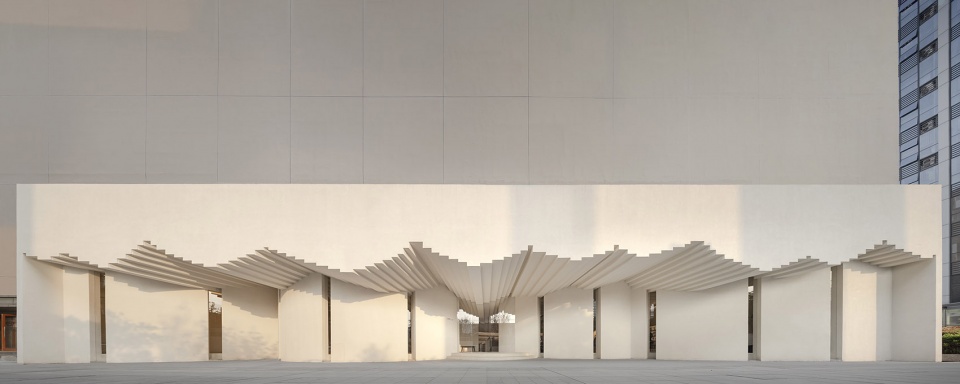
▼建筑不仅提供艺术展览更提供大量的开放交流场所,The building not only hosts art exhibitions but also offers numerous open spaces for communication ©W Workspace
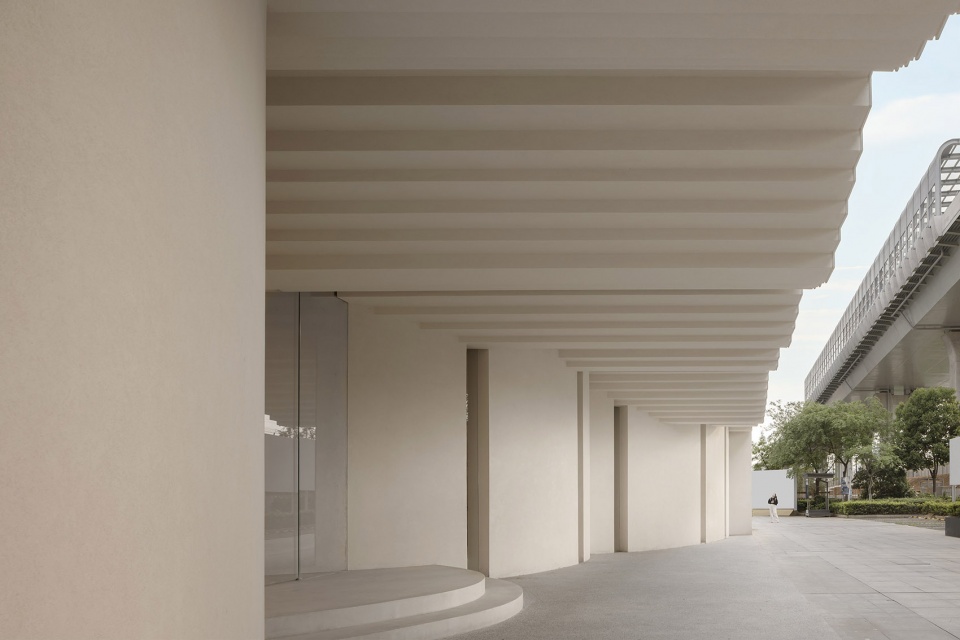
▼锯齿状屋面细节(左),锯齿状屋面的高低也反映着结构梁的悬挑距离(右)
Detail of the roof (left), The height of the sawtooth roof reflects the cantilever distance of the structural beams(right) ©W Workspace
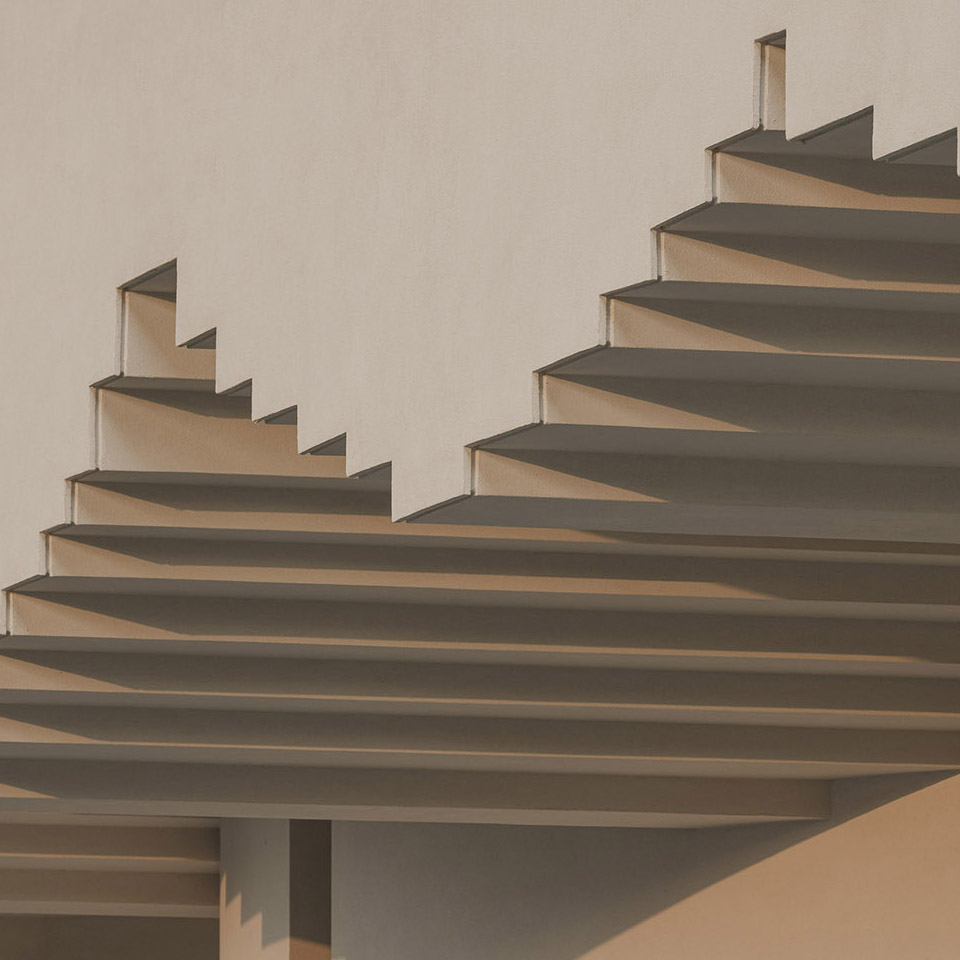
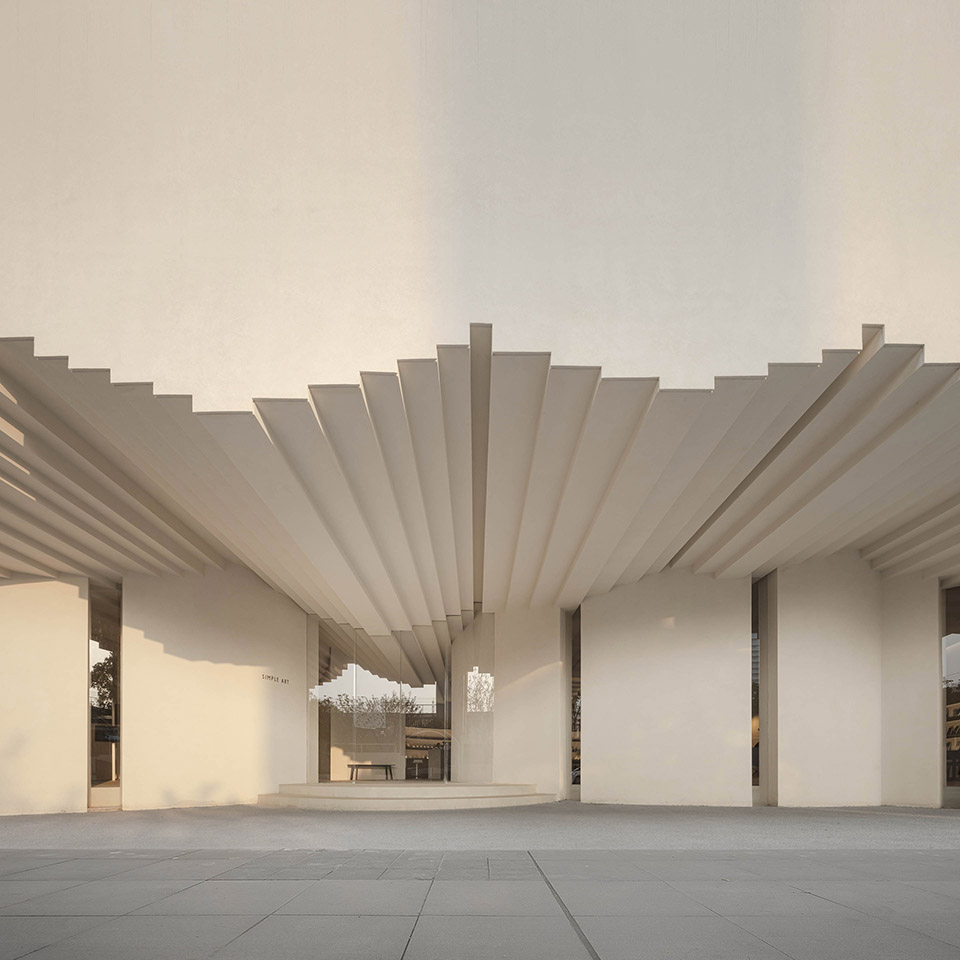
此外,Simple Art美术馆邻近于南淝河,该河流具有丰富的文化记忆与历史价值,也被当地市民称为合肥的母亲河,特别是在平日夕阳照射所产生的水波浮动效果,展现其河道受自然环境冲刷变化的千年历史。因此,Hung And Songkittipakdee(HAS)将南淝河特有的水波,巧妙的转换成空间感知,透过曲面的墙体与起伏的顶面,在午后夕阳光线渗透进入室内时,顶面有如还原南淝河特有的水波浮动,其光线倒映着内外上下整体空间,建筑本身犹如一幅抽象般的艺术画作。该建筑不仅只是一个提供艺术展览与文化交流的美术馆,建筑师Jenchieh Hung与Kulthida Songkittipakdee致力透过空间,激发当地人对于美的好奇与渴望,并在钢筋混凝土的城市中,带来一处具有跨时代精神,连接传统与当代的文化建筑。
The Simple Art Museum is more than just a gallery or cultural exhibition space; it is a place where architecture invites wonder, where past and present converge in a timeless dance. Architects Jenchieh Hung and Kulthida Songkittipakdee have crafted a building that not only houses art but also awakens a deep curiosity for beauty. It offers a cross-generational spirit, connecting tradition and contemporary culture amidst the concrete city.
▼高低起伏的屋面替访客带来不断变化的空间场景,
The undulating roof creates ever-changing spatial experiences for visitors ©W Workspace
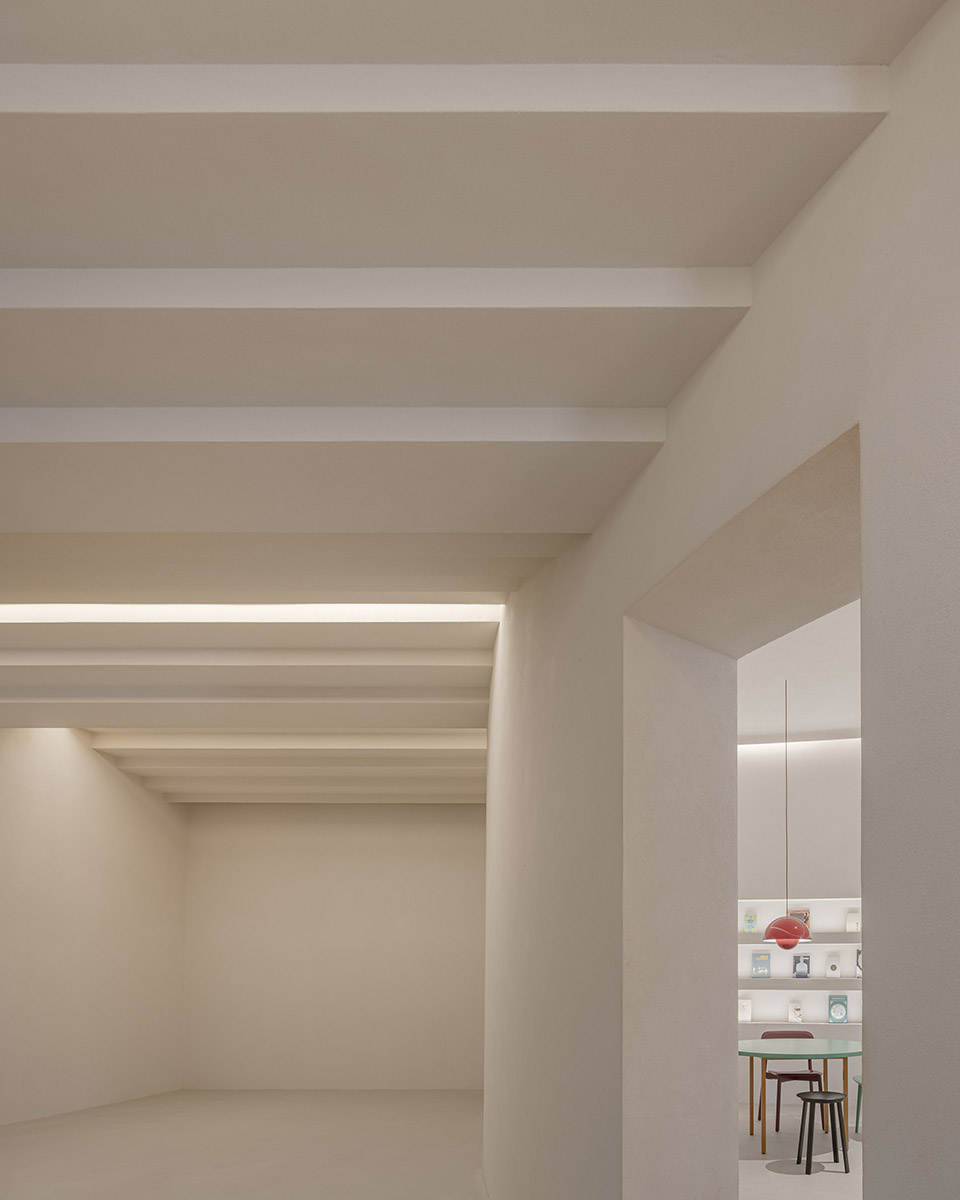
▼美术馆商店与阅读区,Museum shop and reading area for visitors ©W Workspace
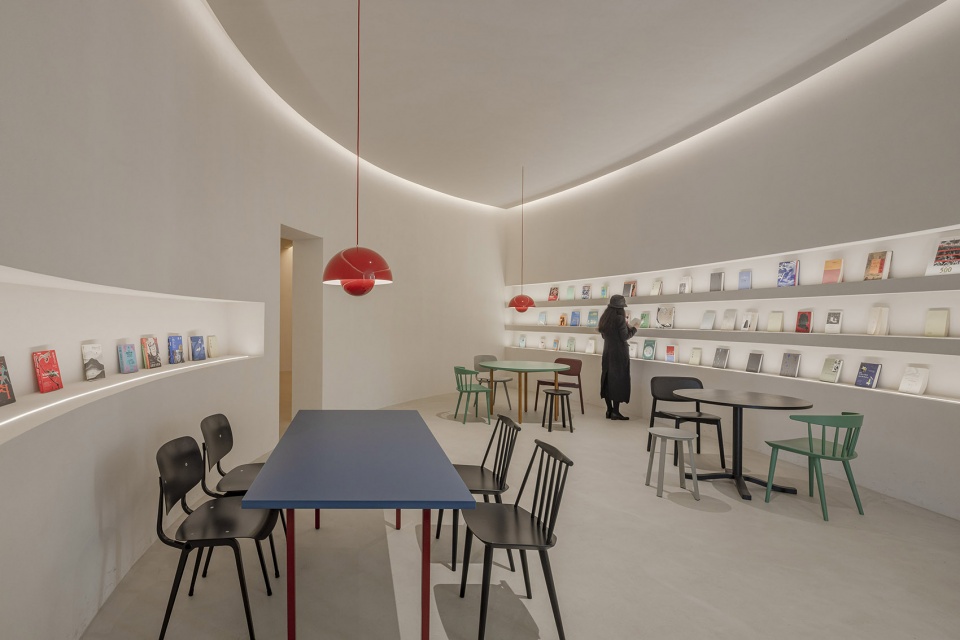
▼延续美术馆空间的开放办公,the open office reflects the artistic sensibilities of the gallery and museum ©W Workspace
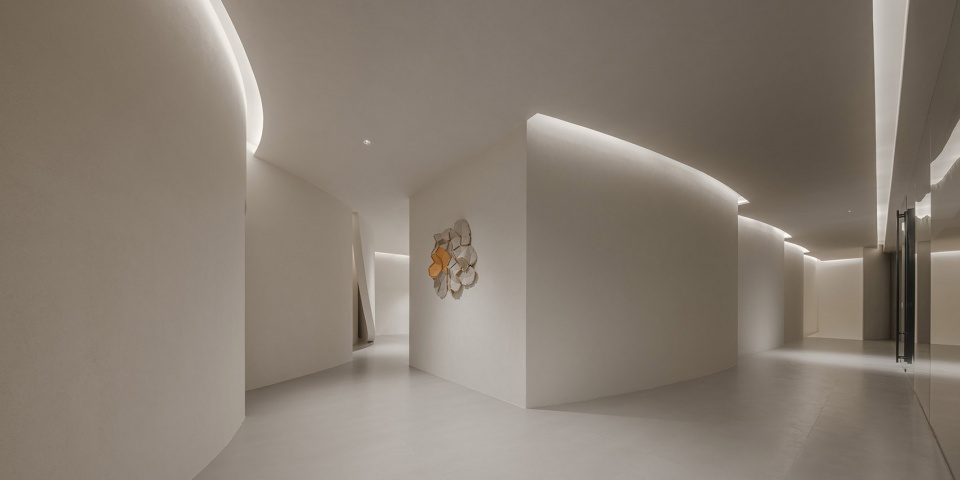
▼二层办公空间有如美术馆般带有仪式感与精神性象征,
The second-floor office space resembles an art gallery, evoking a sense of ritual and spirituality ©W Workspac
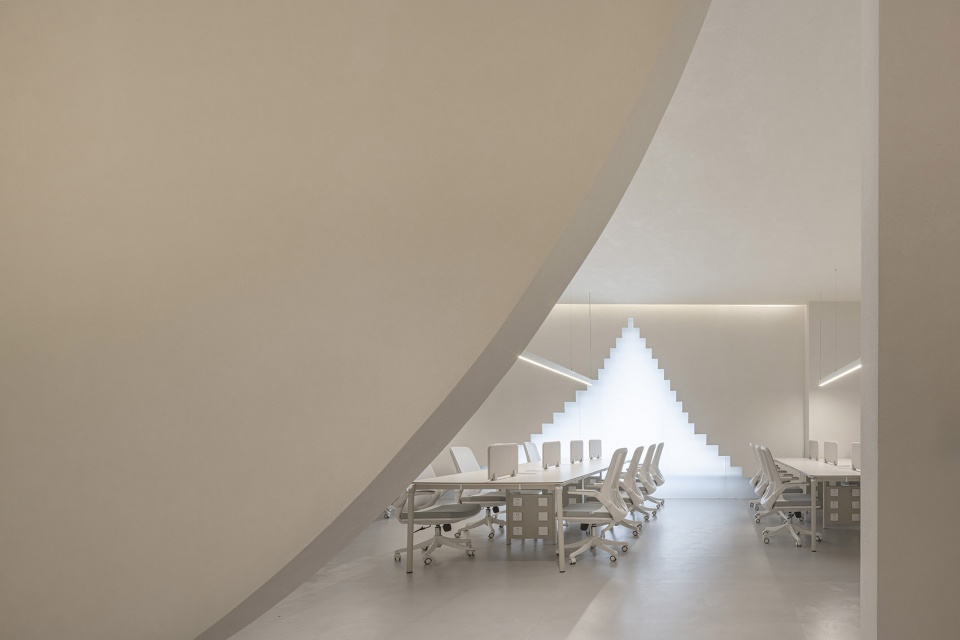
▼在曲线开口墙壁后方的工作空间,The office and working space behind the curved opening ©W Workspace
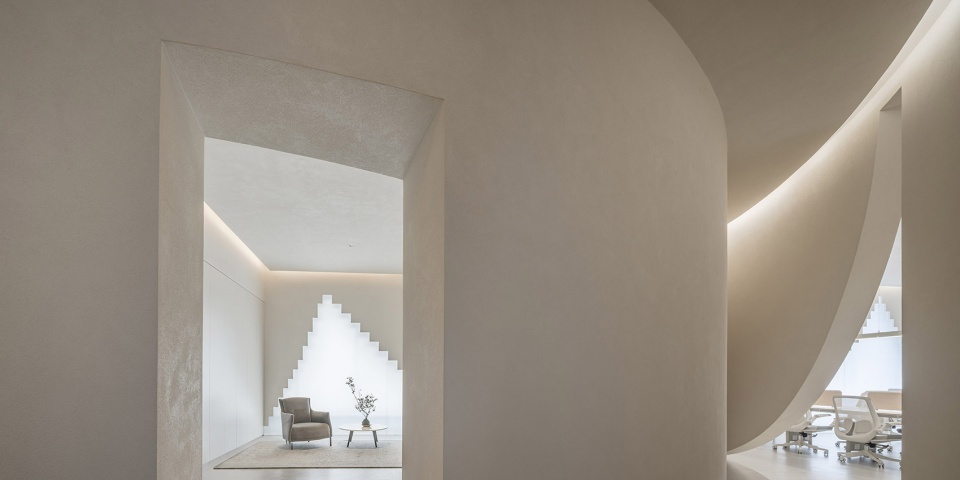
▼数个不同曲线开口替开放办公区带来非日常性感受,several curved openings, bringing vitality and a sense of spontaneity to the open office ©W Workspace
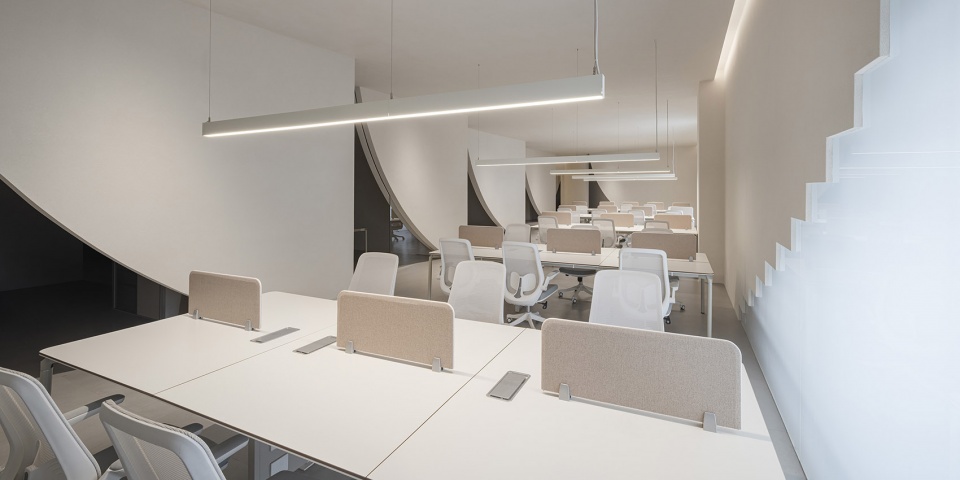
▼从曲线墙壁开口望向开放办公室,View of the open office through the curved wall opening ©W Workspace

▼往二层的楼梯延续锯齿状光线,The staircase leading to the second floor continues the jagged light pattern ©W Workspace

▼一层平面图,ground floor plan ©HAS design and research
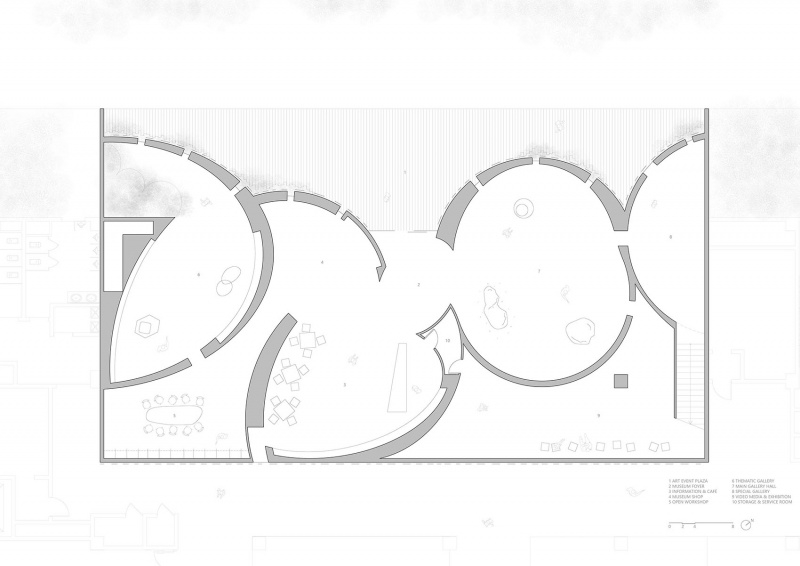
▼西立面,west elevation ©HAS design and research

▼剖面,section ©HAS design and research
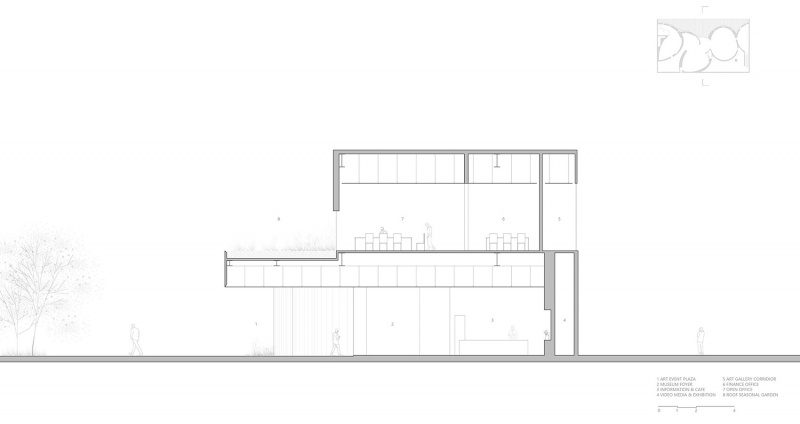
▼“如何结合建筑和空间”图例,Options show how architects have integrated architecture and space ©HAS design and research
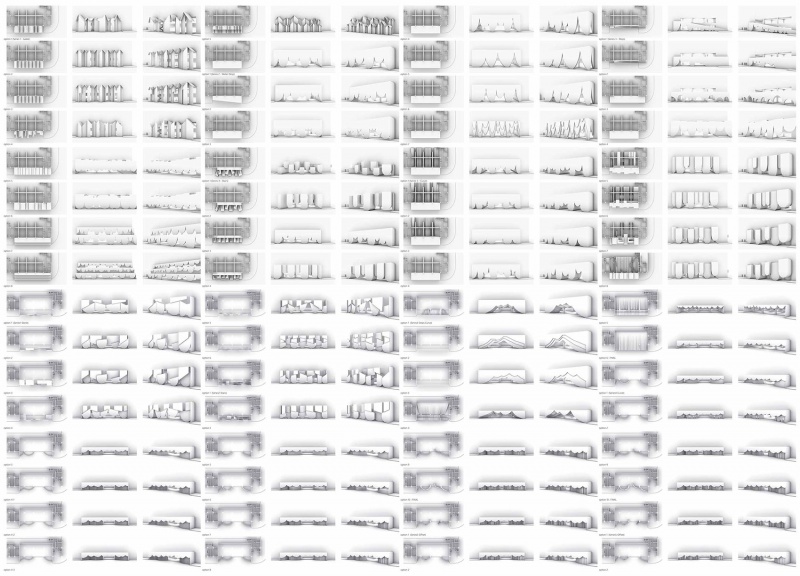
项目名称:Simple Art美术馆
项目位置:中国合肥
设计公司:HAS design and research建筑事务所
主创建筑师:洪人杰(Jenchieh Hung)、Kulthida Songkittipakdee
设计团队:Jenchieh Hung、Kulthida Songkittipakdee、Atithan Pongpitak
照明技术:Visual Feast(VF)
照明顾问:刘采菱
景观顾问:杨玮利
施工顾问:宋在卫
施工:广东星艺装饰集团安徽有限公司
基地面积:600平方米
建筑面积:1,150平方米
完成年份:2024
摄影版权:W Workspace、田方方










